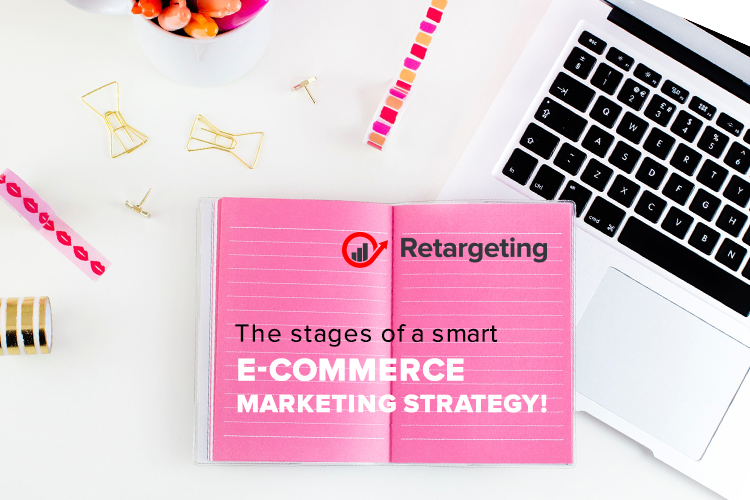From the quality of a brand’s product to the management style of a business, there are numerous factors that can determine whether or not an e-commerce brand sinks or swims. But, the way in which you communicate with your customers is extremely important.
Today we operate in a relationship economy, where a consumer’s spend is driven by what a brand does for them, and how it makes them feel. Consumers today want to be recognized by their favorite brands as individuals. But how can a marketer go about building and maintaining such a relationship?
Newsletters
Once upon a time, marketers approached customer communication through the concept of a one-size-fits-all campaign. The same message was sent to an entire contact base, with content such as products trending at the time, products merchandisers wanted to push or simply the time of year.
Today, customer expectations are much higher, and if you have an unhappy customer that receives a highly irrelevant email from an e-commerce business, you’ll know about it. As will their entire Twitter following.
Segmentation
The next step up from one-size-fits-all newsletters comes segmentation; in other words, using a small amount of data to personalize emails by demographics.
Segmentation used to be popular and seen as an innovative way to boost conversion by ensuring at least some of the content being sent to subscribers was in some way relevant.
However, it soon became clear that without the next stages segmentation could be a tiresome process.
Dynamic content
The introduction of “dynamic content” changes everything and takes the whole process from basic segmentation to 1:1 personalization.
Dynamic content is built and personalized to an individual user based on his or her relevant historical information and engagement with a website or application.
Not only is this a sound user experience technique, it is also a viable method for marketers and salespeople to target leads on their way towards increasing exposure and revenue.

Cross-channel communications
From social networks like Facebook and Instagram to offline touchpoints like direct mail and in-store campaigns, today there are so many different ways a shopper can interact with your brand.
Consequently, an effective e-commerce marketing strategy will bring all of the different touchpoints together and look at them holistically in order to determine the best message to send on the best channel at the best time.
Profiling
If a marketer wants to truly understand a customer’s unique tastes and needs, more data is needed. For example: “What has this customer been browsing on-site recently?”, Which items have they left in their basket more than once?”, “Did they buy a product through an ad or an email?”… And so on.
But even once all of this customer information is available to a marketer, a completely different level of technology is needed: one that can run a model that not only has the ability to unite and store vast amounts of data, but also draw on it to predict future behavior. In comes the next stage of our journey: AI.
Artificial Intelligence
Powered content, the delivery of a message, in a cross-channel world, will all be determined by a machine.
What does the concept of an AI-powered algorithm deciding which message to send to whom actually look like?
Take an abandonment cart campaign, for example. Now, your brand might already be sending this campaign, but how do you know whether to send a single email or a series? Or the number of days to wait after the cart has been abandoned before sending it out? Or the incentive to include, if any?
All of these questions are impossible to answer, for each and every customer, without the help of a machine. It’s a never-ending stream of decisions that machine learning can take care of by rapidly processing vast sets of data.
And you know what ties together all the stages mention so far and gives all of them in one place? Marketing automation!
Automation
About 5-6 years ago technology stepped in to help in the form of marketing automation. Marketers were amazed by the concept of a platform that could automate some of the manual and often technical tasks that were eating away at so much of their time.
Marketing automation allows e-commerce companies to sell by nurturing prospects with highly personalized, useful content that helps convert them to customers and turns customers into delighted customers. This type of tool helps generate significant new revenue for companies and provides an excellent return on the investment required.

